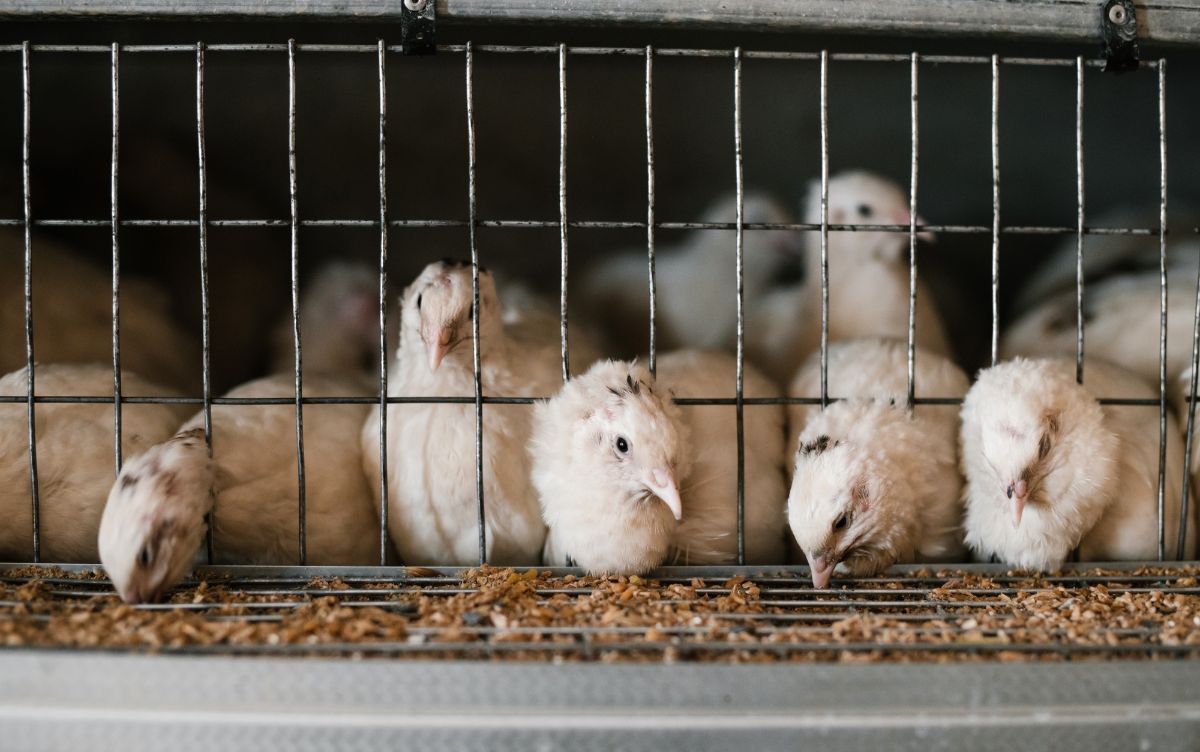Pakistan’s Animal Feed Export to China Grows 16% in 2025
From January to May 2025, Pakistan’s export of animal-based flours and meals to China rose by 16%, underlining an upward trajectory in agro-commodity trade between the two nations. Official data from China’s General Administration of Customs confirms that Pakistan exported over 21 million kilograms of animal feed—derived from fish, crustaceans, molluscs, and other meat by-products—classified under commodity code 23012010. These exports were valued at $19.87 million, up from $17.17 million during the same period in 2024. The average price was recorded at $0.94 per kilogram.
This notable increase aligns with China's rising demand for high-protein animal feed, especially for its expanding livestock and aquaculture industries. Pakistani fishmeal, mainly produced from marine fish waste, has carved out a niche in the Chinese market for its affordability and consistent protein content.

Abid Ali, a seasoned exporter of fishmeal products, noted that Pakistani exports maintain a competitive position despite a slightly lower oil yield—typically 5-7% compared to China's domestic 8-10%—due to differences in raw materials and processing techniques. He further highlighted that the majority of these exports are not sold via retail but are directly supplied to industrial users, particularly feed manufacturers across Guangdong, Shandong, and Fujian provinces. These provinces are key hubs for poultry, swine, and aquaculture feed production.
The growing trend is expected to persist throughout 2025, supported by stable fishing conditions along Pakistan’s coastline and favorable trade terms under CPFTA Phase-II. Experts believe that if Pakistan continues to invest in refining its processing technologies and maintaining strict quality standards, it could further penetrate the Chinese market, enhancing bilateral agricultural cooperation.
In comparison, Pakistan exported 22,639.95 tons of fishmeal in 2024, valued at $24.92 million. That same year, leading exporters to China included Peru ($1.466 billion), Chile ($291 million), and Russia ($271 million). While Pakistan’s current share remains modest, its trajectory points to a steadily growing presence in China’s vast animal feed sector—strengthening its position within the Belt and Road Initiative framework.